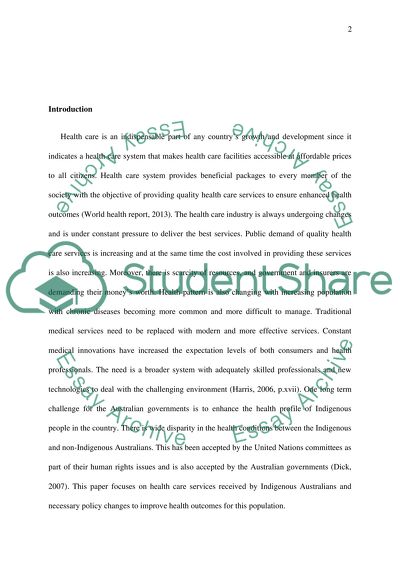Cite this document
(“Improvement of Health Care Services Received by Indigenous People in Essay”, n.d.)
Improvement of Health Care Services Received by Indigenous People in Essay. Retrieved from https://studentshare.org/macro-microeconomics/1484887-improvement-of-health-care-services-received-by-indigenous-people-in-australia
Improvement of Health Care Services Received by Indigenous People in Essay. Retrieved from https://studentshare.org/macro-microeconomics/1484887-improvement-of-health-care-services-received-by-indigenous-people-in-australia
(Improvement of Health Care Services Received by Indigenous People in Essay)
Improvement of Health Care Services Received by Indigenous People in Essay. https://studentshare.org/macro-microeconomics/1484887-improvement-of-health-care-services-received-by-indigenous-people-in-australia.
Improvement of Health Care Services Received by Indigenous People in Essay. https://studentshare.org/macro-microeconomics/1484887-improvement-of-health-care-services-received-by-indigenous-people-in-australia.
“Improvement of Health Care Services Received by Indigenous People in Essay”, n.d. https://studentshare.org/macro-microeconomics/1484887-improvement-of-health-care-services-received-by-indigenous-people-in-australia.


